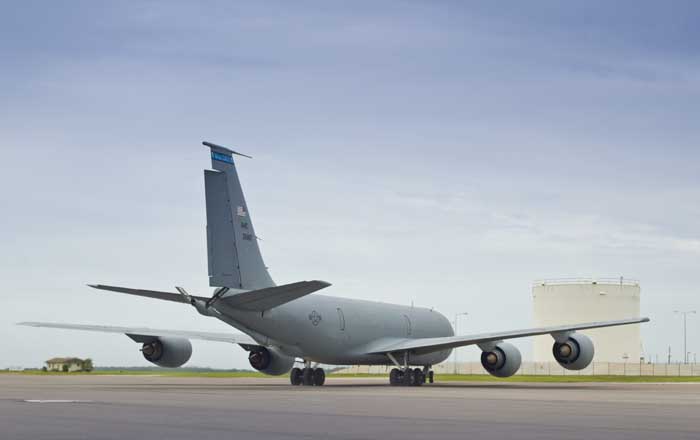
Ten Things You Didn’t Know About MacDill Air Force Base
1. During the initial construction of MacDill in 1939, workers cleared the land of palmetto, scrub and pine, and soon discovered that it was inhabited by thousands of rattlesnakes. A canning business opened near what is now Gandy and West Shore Boulevards due to the amount of snakes killed. It actively canned and shipped snake meat until the late 1950s.
2. The Aircraft Operations Center at MacDill is home to the Hurricane Hunters, a weather research group under the National Oceanic and Atmospheric Administration (NOAA). NOAA’s Hurricane Hunter crews use the WP-3D Orion and Gulfstream IV-SP to fly into hurricanes and collect data, wind speeds and barometric pressures.
3. In 1824, Colonel James Gadsden was searching for a deep-water route to establish a military fort in the bay area. He carved a message on a tree or rock (the interpretation varies) at present-day MacDill to direct Colonel George Brooke to the mouth of the Hillsborough River. Fort Brooke, established in present-day downtown Tampa (precisely at the Tampa Convention Center), was built shortly after this.
4. MacDill’s first commander, General Clarence Tinker, was the first American Indian in U.S. Army history to receive the rank of major general. He was also the first American general killed in World War II.
5. In the 1800s, the larger ships headed to the shallows of Fort Brooke had to stop near present-day MacDill to unload ballast stones (large rocks that gave the ship stability). Ballast Point, a neighborhood north of MacDill, was named after this time in history.
6. In 1898, present-day MacDill was used as a major debarkation point during the Spanish-American War. Historians say that as many as 10,000 artillery and cavalry troops lived on the land at the time.
7. MacDill is home to the Bay Palms Golf Complex — a beautiful, 18-hole course that is located at the southern tip of the base.
8. The slogan “one a day in Tampa Bay” came from the heightened rate of accidents during the training of B-26 Bombers in the 1940s at MacDill. Nine of the 12 combat groups that flew the B-26 Bomber in Europe were activated and trained at MacDill. Surprisingly, this group achieved the lowest loss rate of any ally bomber.
9. MacDill was originally named Southeast Air Base, Tampa, but it was renamed MacDill Field in 1941 to honor Colonel Leslie MacDill, a World War I aviator who died in a plane crash in Anacostia, D.C.
10. Dale Mabry Highway was constructed in 1943 to connect MacDill with Drew Field (renamed Tampa International Airport in 1950). The highway was named after Dale Mabry, a Florida native and World War I aviator.